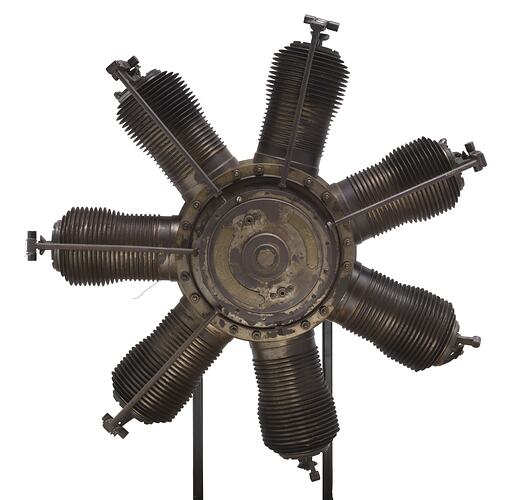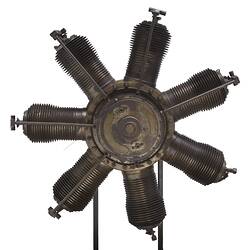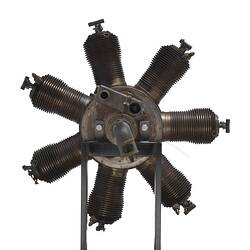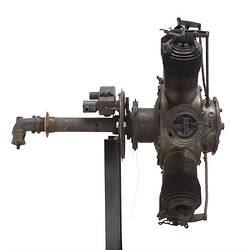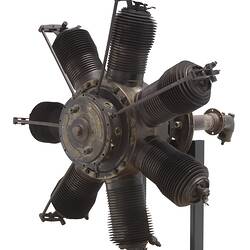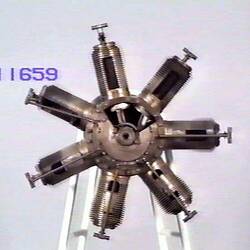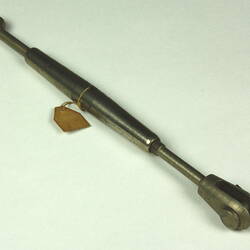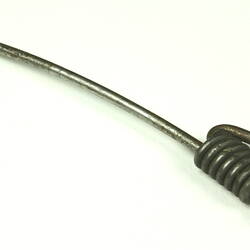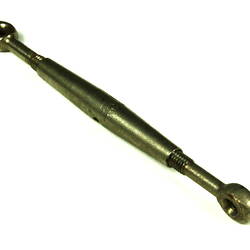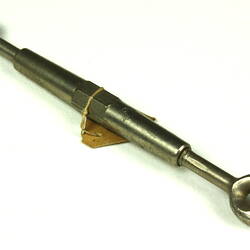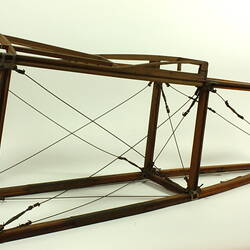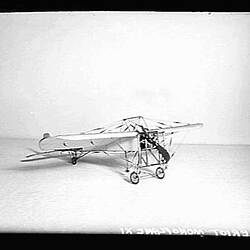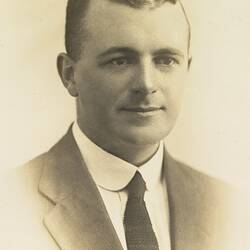Summary
The Gnome rotary aero engine was designed by Laurent and Louis Seguin and made by the Societe Des Moteurs Gnome & Rhone in Paris and others under licence. The rotary engine operated on the principle of a fixed crankshaft with the cylinders revolving at high speed and had first been developed as a concept by Lawrence Hargrave in Australia. First produced prior to the First World War, Gnome & Le Rhone engines were developed to include an 80 horsepower (seven cylinder), 100 horsepower, (nine-cylinder) and a 160 horsepower, (nine-cylinder) models. Gnome engines were built under licence in Britain, Italy and the United States. Various models of the Gnome rotary were fitted to types including the Avro 504 trainer, the Sopwith Pup and the French Nieuport 28C.1 fighter aircraft. Rotary engines had a good power-to-weight ratio but there were limitations to their development as increasing gyroscopic forces in the direction of the spinning cylinders caused handling problems. The oil system was a 'total loss' principle which sprayed castor oil not only on the engine but also over the pilot if the engine was mounted at the front. There was no throttle control with engine speed regulated by a 'blip switch' operated by the pilot which could cut the ignition temporarily. By 1918 the rotary engine was considered obsolete for military aviation.
The Gnome rotary was one of the earliest commercially successful aero engines. This example was originally fitted to an imported Bleriot monoplane located in the Melbourne suburb of Kew which was inspected and purchased by Horace Miller, an Australian who had spent some time working for the Sopwith Aviation Company in Britain and who was now building a small biplane of his own design in Windsor. After enlisting in the Australian Flying Corps, Miller obtained permission to test his machine at the Central Flying School located at Point Cook. After completing a number of hops in September 1916 Miller departed for overseas service with No. 2 Squadron AFC in October 1916 (later re-numbered as No. 3 Squadron) and the machine was removed from Point Cook. The engine was purchased by Basil George Watson and fitted to a home-built Sopwith-type single-seat aircraft which first flew at Point Cook in November 1916.
Watson had previously been employed in the United Kingdom as a pilot with the Sopwith Aviation Company at Brooklands where he was injured in an aviation accident in June 1915, suffering severe concussion which left him unfit for further service. He returned to Australia in June 1916 on the SS Athenic and soon began building his new aircraft inside his parent's house in Brighton. Following a number of successful flights including public demonstrations in country Victoria. In November 1916, he flew to Bendigo racecourse from Point Cook encountering severe turbulence over Mount Macedon. He then flew an experimental air mail service from Mount Gambier, South Australia to Melbourne on 15 February 1917. Watson was killed on 28 March 1917 when his aircraft crashed in shallow water near Point Cook after a structural failure of the wing occurred as he performed a loop.
Basil Watson's father James Watson donated the Gnome Omega engine of his son's aircraft along with other pieces of the wreckage to the Museum in 1919. The engine is serial no. 532.
Physical Description
The engine has seven cylinders radiating from a central circular crankcase in the form of a star. Each cylinder has multiple circumferential air-cooling fins and a value actuating push rod that extends from the crankcase up the front of each cylinder to an inlet/exhaust valve rocker on the head of each cylinder.
More Information
-
Collection Names
-
Collecting Areas
-
Acquisition Information
Donation from James I. Watson, 28 Oct 1919
-
Manufacturer
-
Past Owner
Mr Basil G. Watson, Melbourne, Greater Melbourne, Victoria, Australia, 1916
-
Classification
Air transport, Aero engines, Reciprocating propeller engines
-
Category
-
Discipline
-
Type of item
-
Overall Dimensions
810 mm (Width), 820 mm (Depth), 805 mm (Height), 73.5 kg (Weight)
Height measurement of object only, height of object on existing mount: 930mm; Weight measurement includes existing mount.
-
References
Miller, Horace. Early Birds.
-
Keywords
Aero Engines, Internal Combustion Engines, Inventions, Wars & Conflicts, World War I, 1914-1918, Innovation & Design
